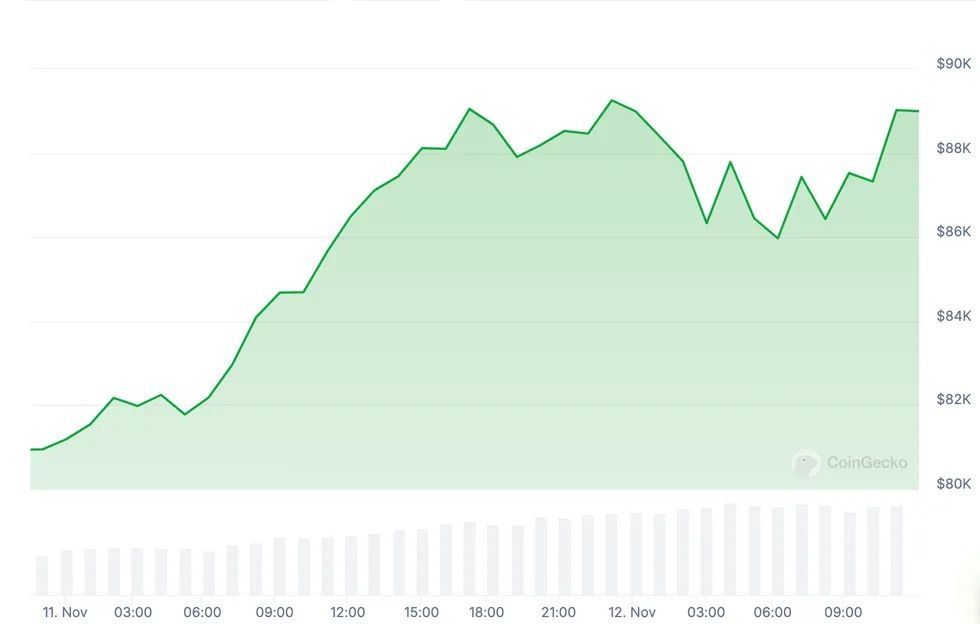Intel: Challenging the Giant
Intel (NASDAQ: INTC) recently grabbed headlines with the introduction of its new AI chip, the Gaudi 3. Boasting higher training and inferencing power coupled with reduced power consumption compared to Nvidia’s offerings, Intel seems poised to carve a niche in the competitive semiconductor market.
While Nvidia dominates AI chip sales, Intel’s partnership with industry giants like IBM and SAP and the successful Gaudi 3 launch are promising signs of its potential to challenge Nvidia’s dominance. The expected acceleration in revenue following Gaudi 3’s release further bolsters Intel’s position as a serious contender in the realm of AI semiconductors.

Image Source: Getty Images
Advanced Micro Devices: The Challenger
Advanced Micro Devices (AMD) (NASDAQ: AMD) emerges as a formidable adversary to Nvidia, benefiting from the latter’s supply constraints. AMD’s MI300X accelerator, a rival to Nvidia’s offerings, has shown promise with its strong performance in the data center GPU segment. With a projected $400 billion market by 2027, AMD is well-positioned to take advantage of the burgeoning demand for its chips.
As AMD gains traction with the success of MI300X and the expansive data center GPU market, it presents a significant opportunity to close the gap with Nvidia and establish itself as a key player in the chip industry.
Meta Platforms: The Unconventional Contender
Meta Platforms (NASDAQ: META) may seem out of place on this list dominated by tech companies renowned for their semiconductor prowess. However, Meta’s strategic move into chip development with the Meta Training and Inference Accelerator (MTIA) signals a significant shift in the company’s trajectory.
By investing in proprietary chips like the MTIA, Meta aims to reduce reliance on Nvidia’s chips, potentially leading to substantial cost savings in the long term. Moreover, integrating its own chips into its operations could enhance Meta’s data processing capabilities, strengthening its competitive edge in targeted advertising.



